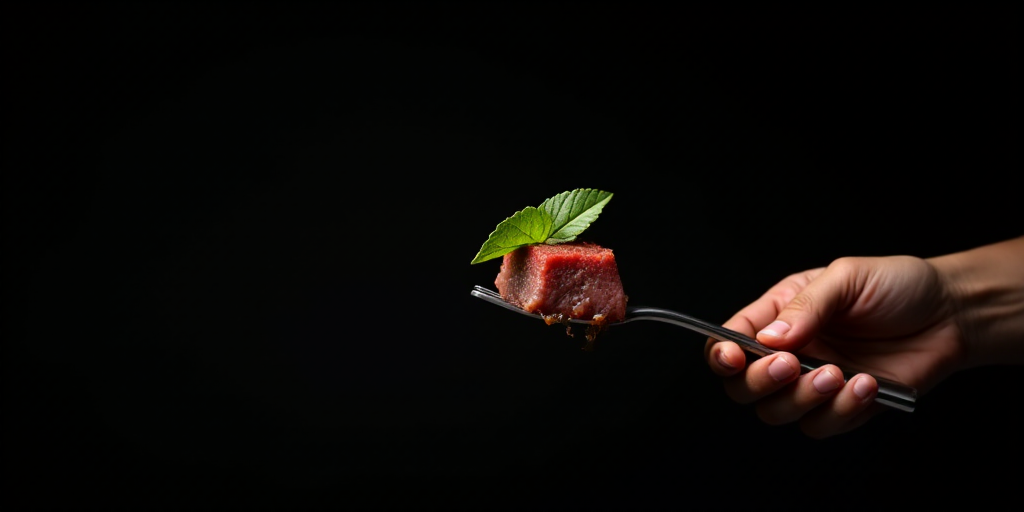The Brazilian Churrasco Experience in Mexico City
The Brazilian churrasco experience, complete with skewers overflowing with juicy cuts, endless rodizio, and side dishes celebrating gaucho tradition, has arrived in Mexico City. This unique culinary journey began only six decades ago.
Fernando Schmitt Brings Authentic Churrascaria to Mexico
Fernando Schmitt, the administrative director and chef of Estrela do Sul, decided to bring the essence of an authentic Brazilian churrascaria to Mexico. His connection to this tradition stems from his work in skewer restaurants since the age of 18, with roots in Rio Grande do Sul, the birthplace of gaucho customs.
The Evolution of Skewers in Brazil
The concept of skewers dates back to the 1960s when they were initially made of wood and served individually. Soon, they began to be shared, with three cuts on a single skewer. In São Paulo, one restaurant started placing skewers at the center of the table, though they had to reheat the meat multiple times. A mistake by a waiter led to the continuous service, giving birth to rodizio – the rotation of skewers that defines churrascarias today.
The Rodizio Feast
In Brazil, there are two types of churrascarias: rodizio and pay-by-weight. Estrela do Sul, inaugurated on June 28, 2024, offers a clear proposal: an endless rodizio with up to 20 distinct cuts. Among them are the famous picanha, eight-hour-cooked brisket, lamb, beer-marinated chicken, chicken hearts, cupim (buffalo hump), pork belly, chorizo, and sweetbreads.
- The cuts are grilled over charcoal in a Brazilian oven reaching 400 degrees, with the meat placed 40 centimeters from the fire to ensure perfect doneness.
- Once ready, the meat is kept warm until it reaches the table on skewers.
The semaphore system – green card to keep eating and red to stop – emerged in the 1990s when churrasco began expanding within and outside Brazil.
Accompaniments and Desserts
The buffet of accompaniments is an essential part of the experience. Among Brazilian classics are potato salad with homemade mayonnaise, yuca flour (farofa), and highway rice with meat pieces. All are served with chimichurri, caipirinhas, or Malbec and Merlot wines – a legacy of Italian immigration in Brazil.
In Mexico, the proposal adapts to local taste with nopal salad, caprese, mango, and onion soup. For a sweet finish, traditional desserts like brigadeiro and negao maluca cake, a dense chocolate cake originating from the era of slavery, are offered.
Gaucho Presence
The soul of churrascarias extends beyond the meat; it’s also in the gaucho atmosphere. Gauchos resulted from the mixture of Portuguese, Spanish, and indigenous people – a shared identity with Uruguay and Argentina.
At Estrela do Sul, the ambiance is reinforced by servers wearing the pilcha, a traditional 200-year-old outfit modernized for restaurants. All this under a name steeped in symbolism: Estrela do Sul, inspired by the planet Venus, “the dawn star,” guiding gauchos as they start their work.
Key Questions and Answers
- What is a churrasco? Churrasco is a Brazilian barbecue tradition featuring skewers of various grilled meats, often served in a rodizio (endless) style.
- Who is Fernando Schmitt? Fernando Schmitt is the administrative director and chef of Estrela do Sul, a Mexico City churrascaria bringing authentic Brazilian gastronomy to the city.
- What makes Estrela do Sul unique? Estrela do Sul offers an endless rodizio with 20 distinct cuts, adapts accompaniments to Mexican taste, and maintains a gaucho atmosphere with servers in traditional pilcha outfits.






